Author: Marshall Schott
Known for contributing a delicate blend of floral and spicy characteristics to beer, Hallertau Mittelfrüh is one of the four noble hop varieties that has been used by brewers for over a century. While not as popular as many of the modern fruity varieties currently available, Hallertau Mittelfrüh continues to be praised by brewers for its ability to impart beer with classic German hop character.
Alpha: 3 – 5%
Beta: 3.5 – 4.5%
Cohumulone: 20 – 26% of alpha acids
Total Oil: 0.6 – 1.2 mL/100g
Myrcene: 35 – 44%
Humulene: 30 – 55%
Caryophyllene: 10 – 15%
Farnesene: > 1%
Linalool: 0.7 – 1.1%
Geraniol: 0 – 2%
ß-Pinene: > 1%
Parentage: original German landrace variety
As a lover of all things lager, I’ve used every noble hop many times and have developed a fondness for the elegant noble character Hallertau Mittelfrüh contributes to such styles. While I’ve brewed a number of beers using this variety as the sole hop, I was curious to see how tasters would perceive a Pale Ale hopped a bit more heavily with Hallertau Mittelfrüh.
| MAKING THE BEER |
I went with our standard Hop Chronicles Pale Ale recipe for this batch, adjusting the kettle hop additions to ensure a proper level of bitterness.
Hallertau Mittelfrüh Pale Ale
Recipe Details
| Batch Size | Boil Time | IBU | SRM | Est. OG | Est. FG | ABV |
|---|---|---|---|---|---|---|
| 5.5 gal | 60 min | 34.1 | 6.2 SRM | 1.056 | 1.009 | 6.17 % |
| Actuals | 1.056 | 1.009 | 6.17 % | |||
Fermentables
| Name | Amount | % |
|---|---|---|
| Lamonta: Pale American Barley Malt | 8.5 lbs | 80.95 |
| Vanora: Vienna-style Barley Malt | 2 lbs | 19.05 |
Hops
| Name | Amount | Time | Use | Form | Alpha % |
|---|---|---|---|---|---|
| Hallertauer Mittelfrueh | 40 g | 60 min | Boil | Pellet | 4.5 |
| Hallertauer Mittelfrüh | 30 g | 30 min | Boil | Pellet | 4.5 |
| Hallertauer Mittelfrüh | 25 g | 5 min | Boil | Pellet | 4.5 |
| Hallertauer Mittelfrüh | 40 g | 5 days | Dry Hop | Pellet | 4.5 |
Yeast
| Name | Lab | Attenuation | Temperature |
|---|---|---|---|
| Flagship (A07) | Imperial Yeast | 77% | 32°F - 32°F |
Notes
| Water Profile: Ca 146 | Mg 0 | Na 6 | Cl 45 | SO4 268 |
Download
| Download this recipe's BeerXML file |
After adjusting the water to my desired profile, I flipped the switch on my controller to heat it up before weighing out and milling the grain.
When the water was properly heated, I incorporated the grains and set the controller to maintain my desired mash temperature of 154°F/68°C.
The mash was left to rest for 60 minutes, during which I gently stirred it intermittently.
During the mash rest, I weighed out the kettle hop additions.
Once the mash step was complete, I removed the grains and let them drip into the kettle while the wort was heating up.
The wort was boiled for 60 minutes with hops at the times stated in the recipe.
When the boil was finished, I quickly it with my IC.
A refractometer reading showed the wort was right at my target OG.
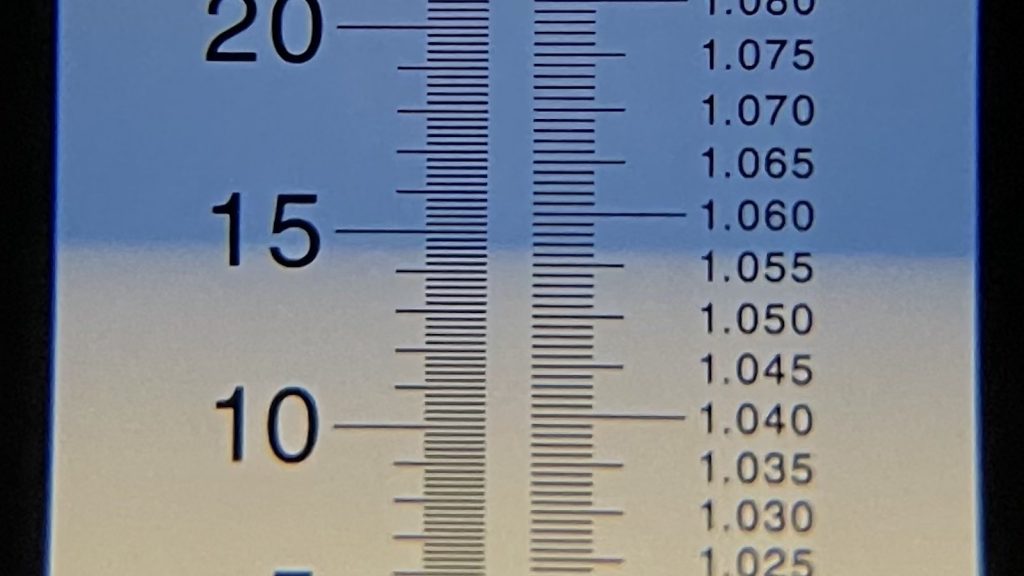
Next, I racked the wort to a sanitized FermTank.
At this point, I connected the filled FermTank to my glycol unit and let it finish chilling for about 10 minutes before I pitched a single pouch of Imperial Yeast A07 Flagship into the wort.
After 3 days of fermentation at 66˚F/19˚C, I added the dry hop charge then left the beer alone another 5 days before taking a hydrometer measurement confirming FG was reached.
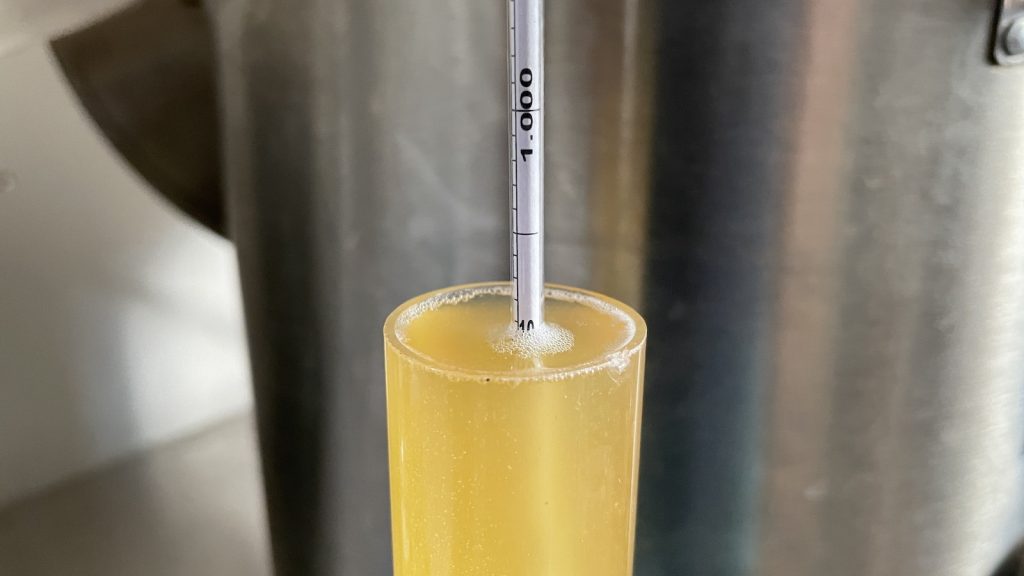
With fermentation complete, I pressure transferred the beer to a CO2 purged keg.
The filled keg was placed in my keezer and burst carbonated overnight before I reduced the gas to serving pressure. After a week of conditioning, it was ready to serve to blind tasters.
| METHOD |
Participants were instructed to focus only on the aromatic qualities of the beer before evaluating the flavor. For each aroma and flavor descriptor, tasters were asked to write-in the perceived strength of that particular characteristic on a 0-9 scale where a rating of 0 meant they did not perceive the character at all and a 9 rating meant the character was extremely strong. Once the data was collected, the average rating of each aroma and flavor descriptor was compiled and analyzed.
| RESULTS |
A total of 20 people participated in the evaluation of this beer, all blind to the hop variety used until after they completed the survey. The average aroma and flavor ratings for each descriptor were plotted on a radar graph.
Average Ratings of Aroma and Flavor Perceptions
The 3 characteristics endorsed as being most prominent by participants:
| Aroma | Flavor |
| Stone Fruit | Earthy/Woody |
| Tropical Fruit | Resinous |
| Citrus | Pine |
The 3 characteristics endorsed as being least prominent by participants:
| Aroma | Flavor |
| Onion/Garlic | Onion/Garlic |
| Resinous | Berry |
| Grassy | Apple/Pear |
When asked to rate the pungency/strength of the hop, most tasters perceived it as being mildly to moderately pungent.
Tasters were then instructed to identify beer styles they thought the hop would work well in.
Finally, participants were asked to rate how much they enjoyed the hop character on a 1 to 10 scale.
My Impressions: The most prominent characteristic I perceived in this beer was citrus blossom, like a balanced blend of floral and citrus notes, which I found to be incredibly pleasant. It wasn’t overpowering at all, but this beer did taste like a Pale Ale version of a many pale lagers I’ve made in the past with just Hallertau Mittelfrüh. Delicious!
| CONCLUSION |
As one of the classic noble hops that’s been used in lager styles for centuries, the descriptors associated with Hallertau Mittelfrüh are fairly well established– delicate floral notes with hints of spice and citrus. Of course, these were most likely determined when the hops were used in less punchy styles, so it makes sense that higher usage rates would result in some variation.
Indeed, tasters of a Pale Ale hopped entirely with Hallertau Mittelfrüh rated stone fruit and tropical fruit as being the most prominent aroma characteristics, while earthy/woody and resinous were the most highly rated flavor characteristics; less desirable onion/garlic was among the lowest rated descriptors. Perhaps predictably, most tasters rated the pungency of the hop character in this beer as moderate, and they felt pale lager was the style Hallertau Mittelfrüh would work best in.
Preference ratings were all over the board on this beer, which makes sense seeing as Hallertau Mittelfrüh is rarely used at such high rates. In conversations with tasters after they’d completed the survey, many reported they enjoyed the beer but felt the hop character would have worked better in lager styles. I personally liked this beer quite a bit, though I have to believe this is due in part to knowing the hop that was used. I may not be using Hallertau Mittelfrüh as the sole variety in future batches of Pale Ale or IPA, but you better believe I’ll continue keeping it around for my lagers, and I think it may also work well as a mid-boil addition in hoppier styles.
Hallertau Mittelfrüh hops are available now at Yakima Valley Hops, get some while you can! If you have any thoughts on this variety, please feel free to share them in the comments section below.
Support Brülosophy In Style!
All designs are available in various colors and sizes on Amazon!
Follow Brülosophy on:
FACEBOOK | TWITTER | INSTAGRAM
If you enjoy this stuff and feel compelled to support Brulosophy.com, please check out the Support page for details on how you can very easily do so. Thanks!



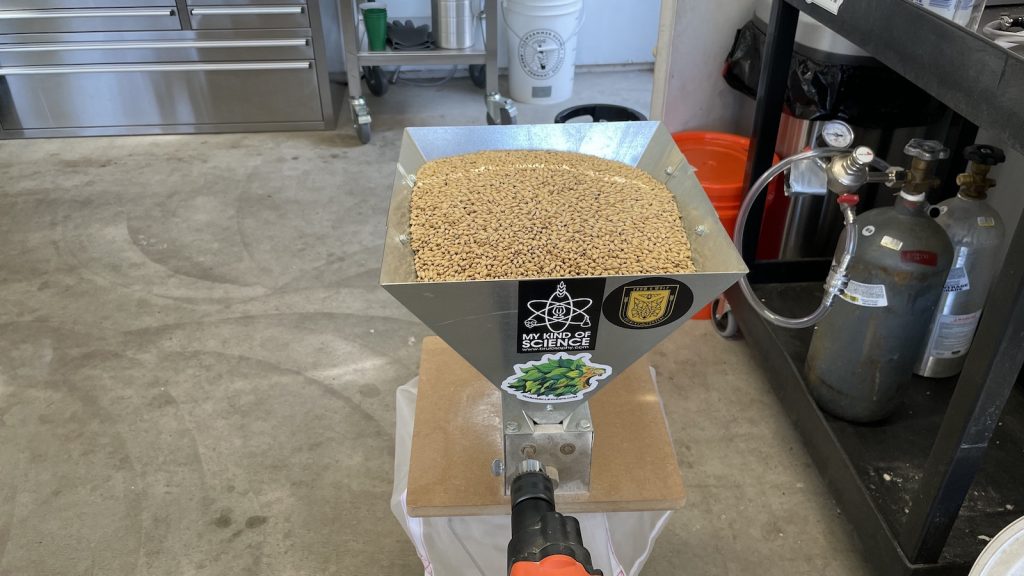
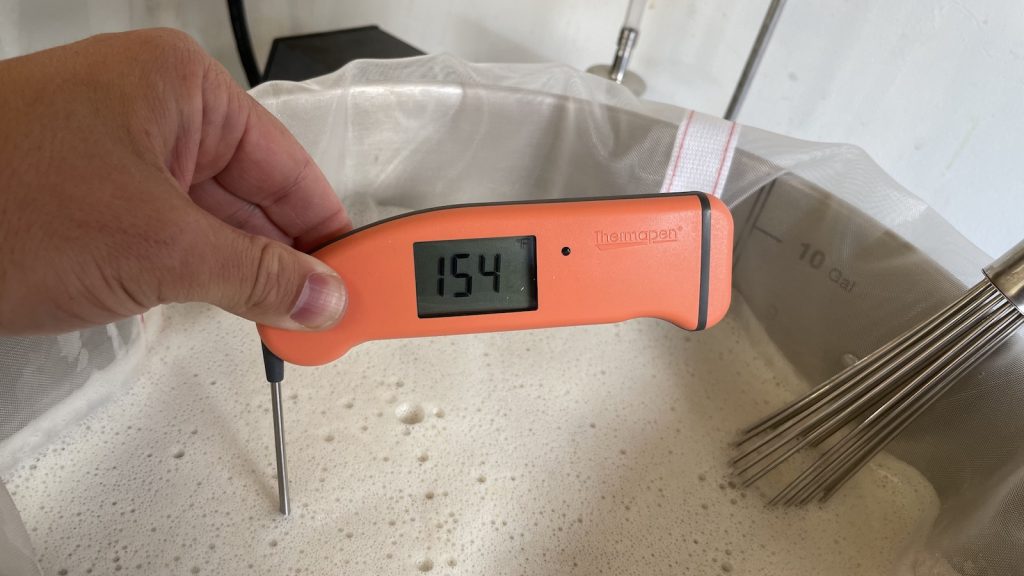
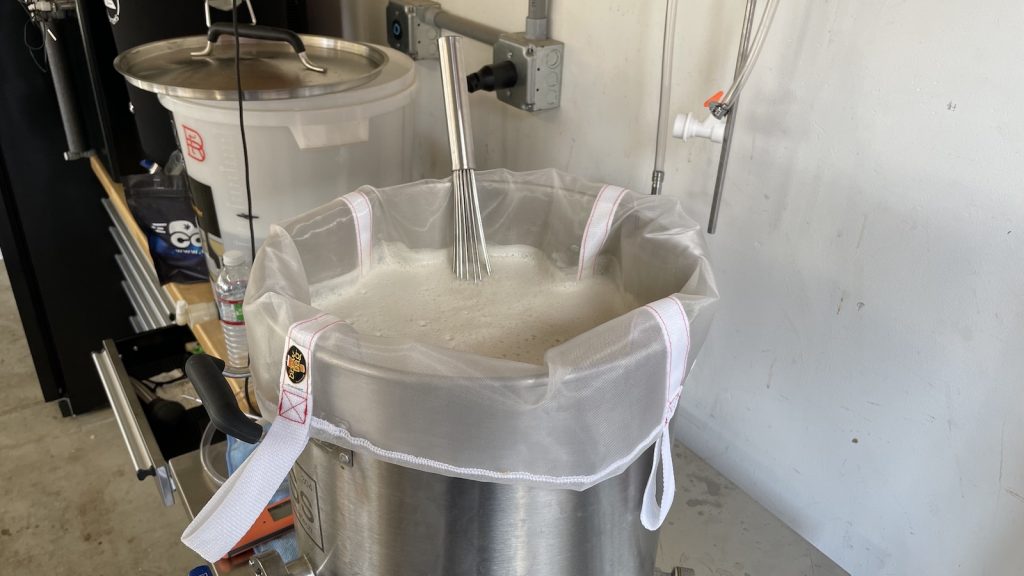
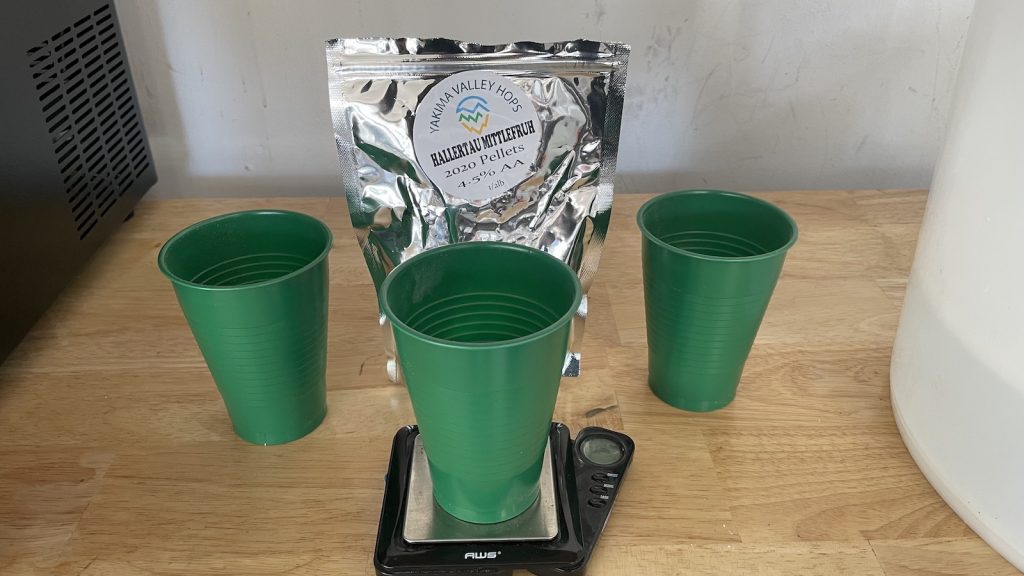
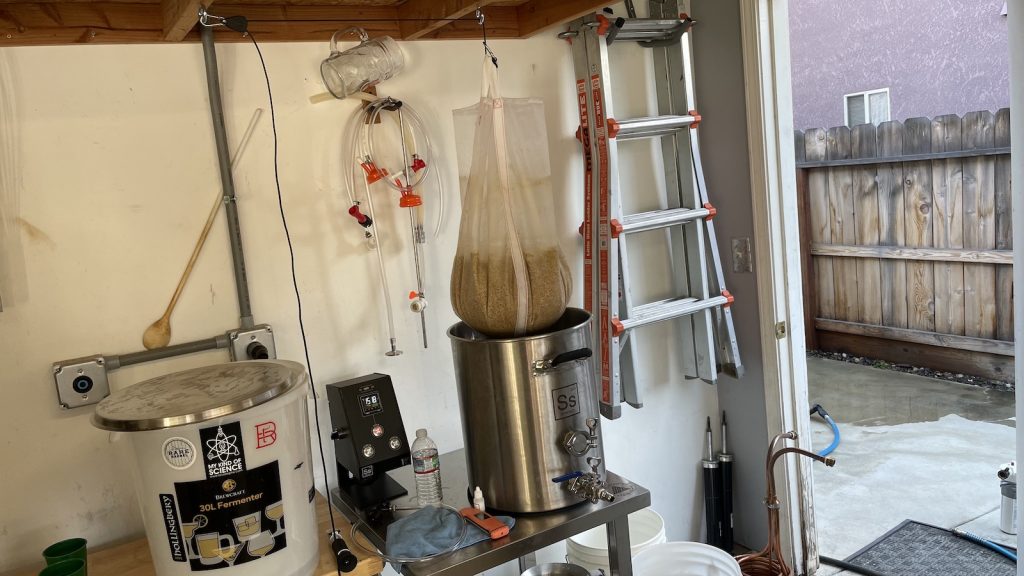
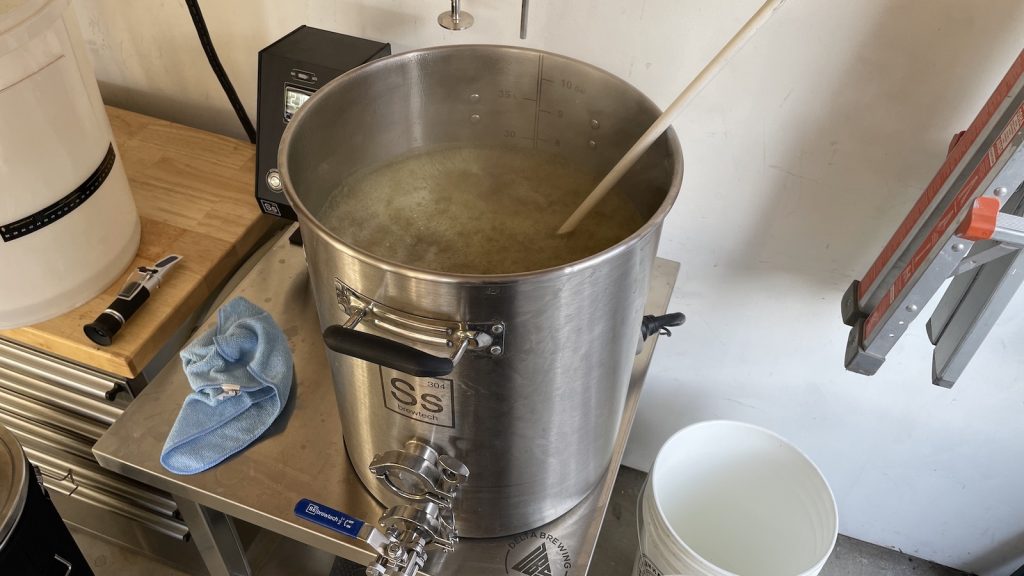
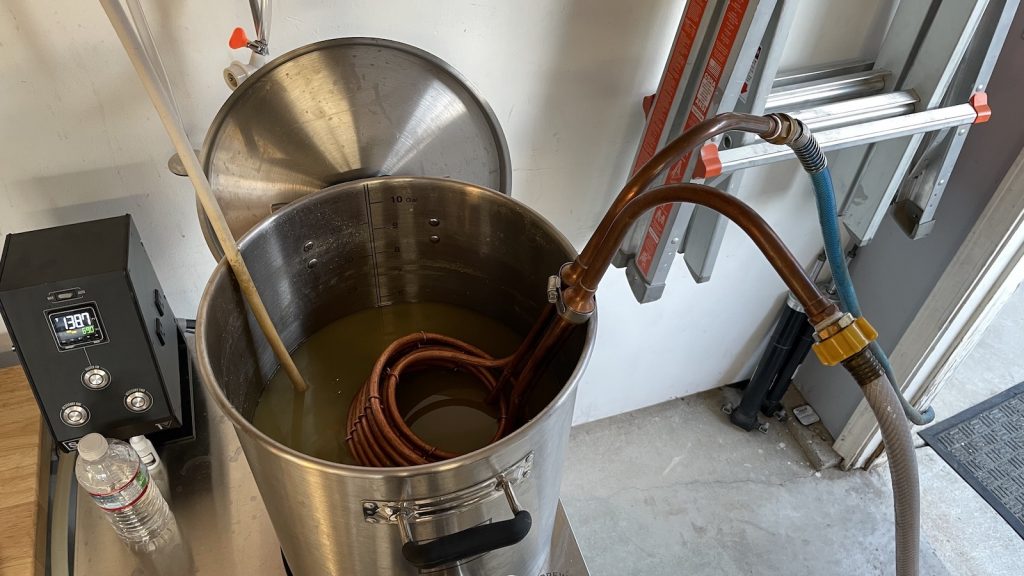

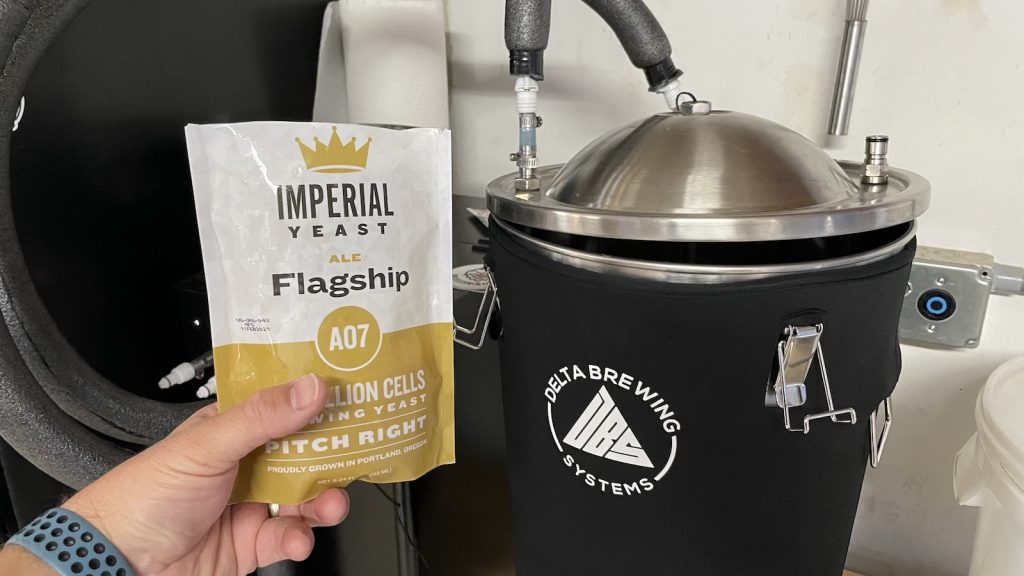
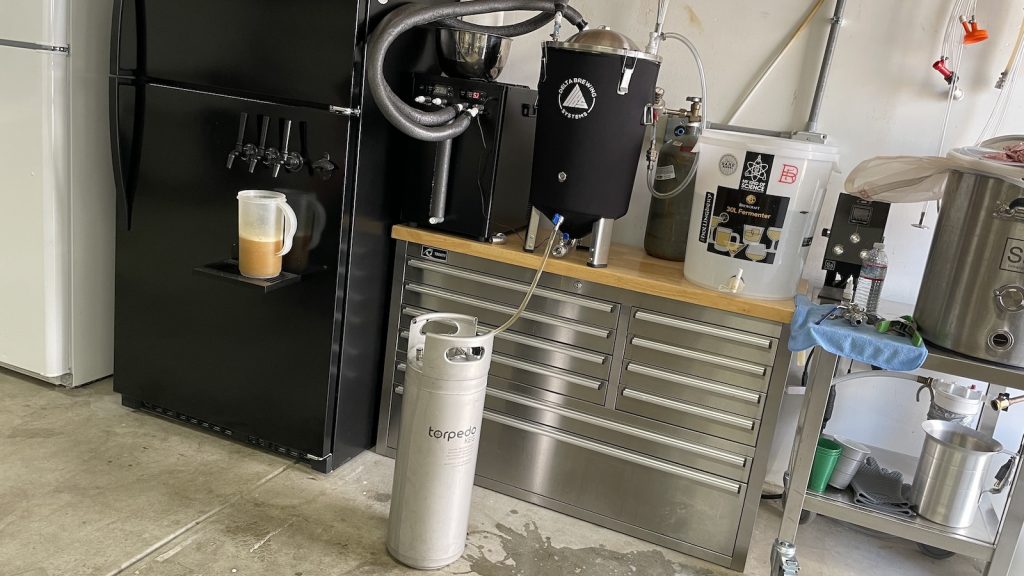
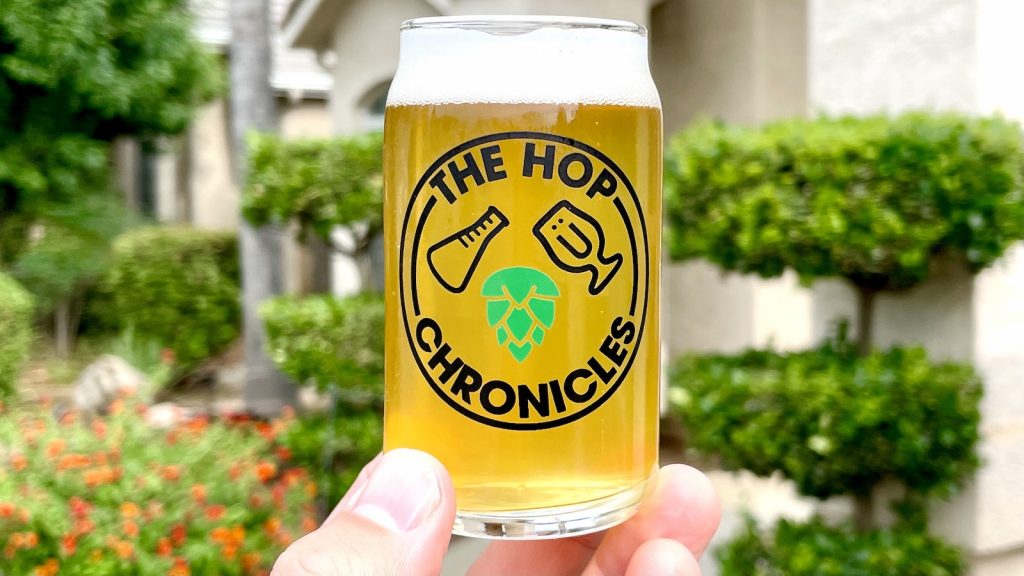

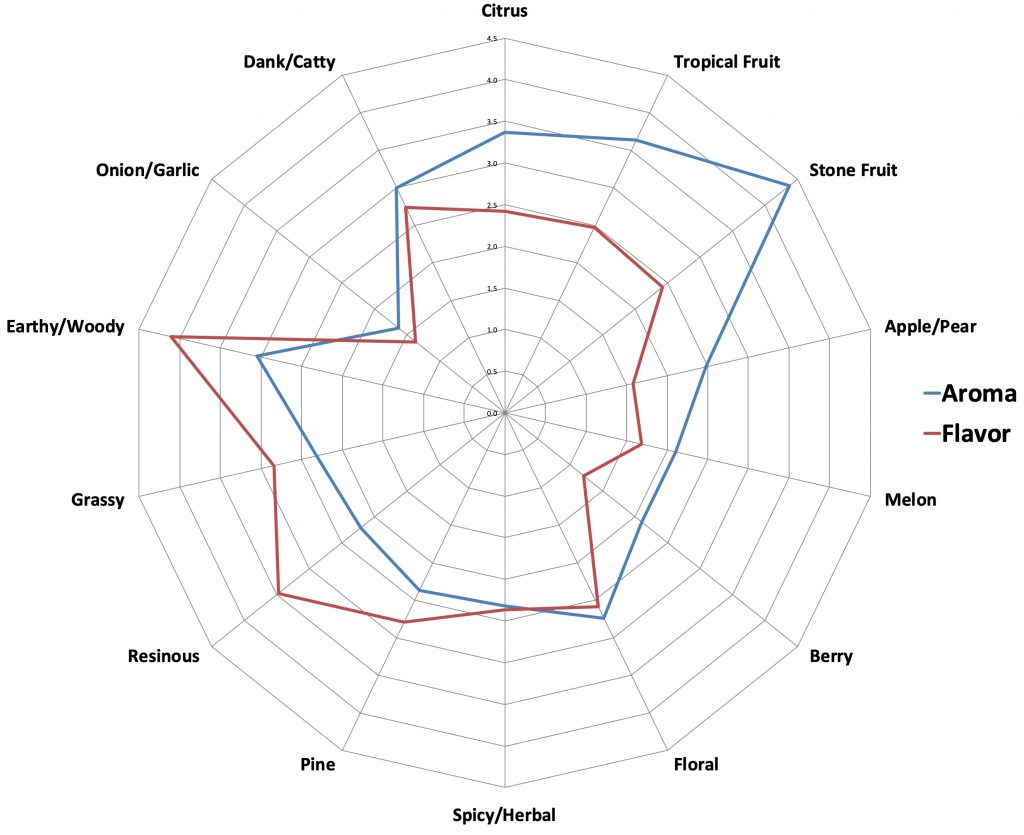
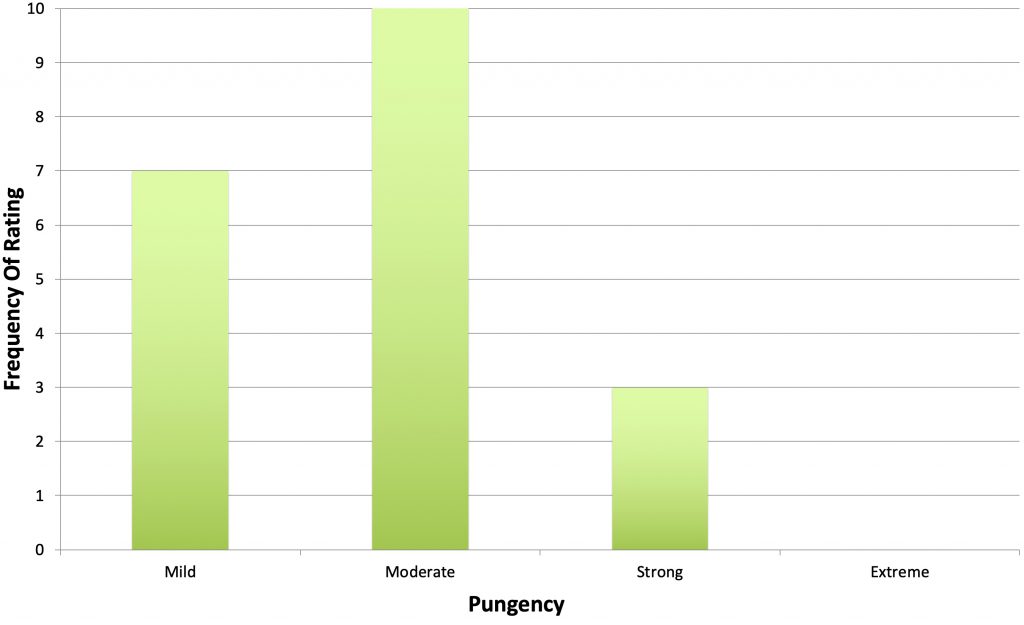
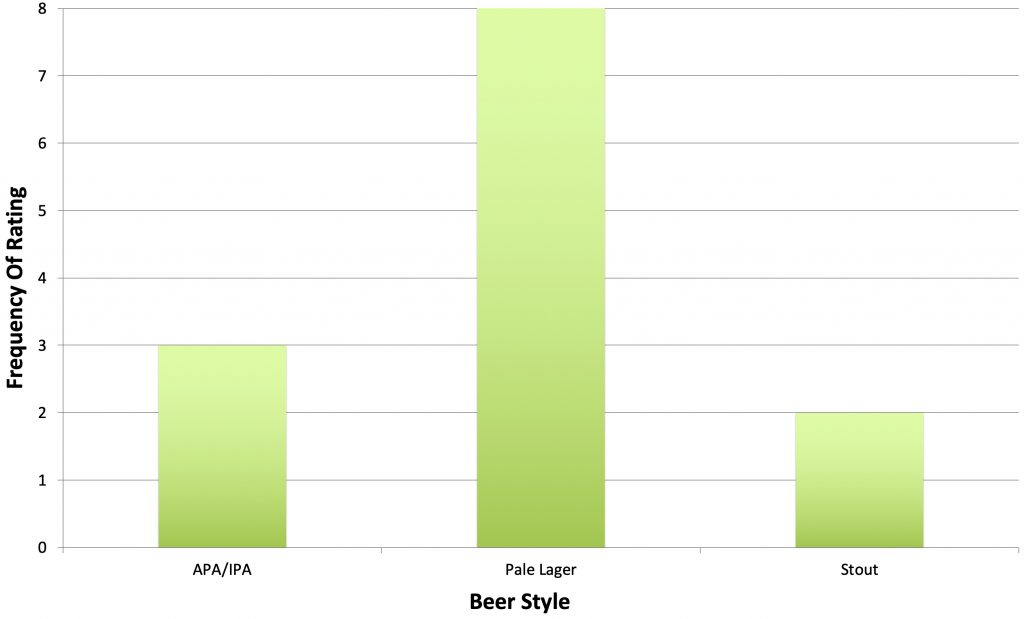
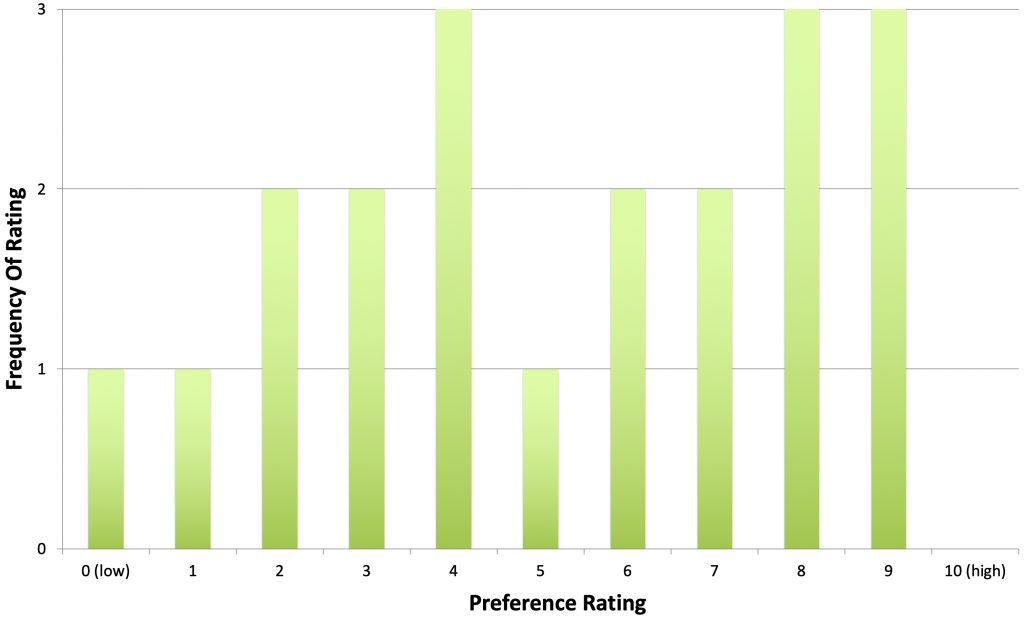











5 thoughts on “The Hop Chronicles | Hallertau Mittelfrüh (2020) Pale Ale”
You guys should do a podcast on the hop chronicles! Even if it was 10-20 minutes. You spent an hour talking about Maris otter! Let’s hear what people think about CTZ!
Also, some recorded interview sound bites from the taste testers might be cool too!
Either I don’t know how to read the chart you use for the flavour / aroma levels or it doesn’t match up with what you are saying. The blue line goes further out for stone fruit than it does for tropical fruit and the red line more earthy/woody and resinous. Wrong chart or am I misreading it?
Refresh the article, it’s a orated, but WP didn’t save things properly.
I read this article and thought, okay something must be off. Then, I re-read it and saw those hops were actually US grown “Yakima Hallertau”, which is quite frankly what the hops should be called. There is quite a big difference in hops concerning soil and climate. In Germany they now grow “Hallertau Cascade”, which has far more floral and less resinous/grapefruit notes compared to US grown Cascade.
With “Hallertau Mittelfrüh” hops grown in the Hallertau region in Germany, you often get strong floral/spicy along the citrus notes, sometimes with bergamotte or even soapy/perfumy notes. De Ranke from Belgium is using quite some amount of european Mittelfrüh (I guess from southern Germany) with their “XX” Bitter. Give that beer a try, I wouldn’t describe it as resinous or piney.
cheers!
Theyre not US grown, they’re just distributed by a yakima-based company.
This seems to line up right with my experience. Not sure about piney (maybe tasters mistaking the floral / spicy character?), but I did get a ton of fruit when used at higher than normal rates. Especially if I dry hop with it.